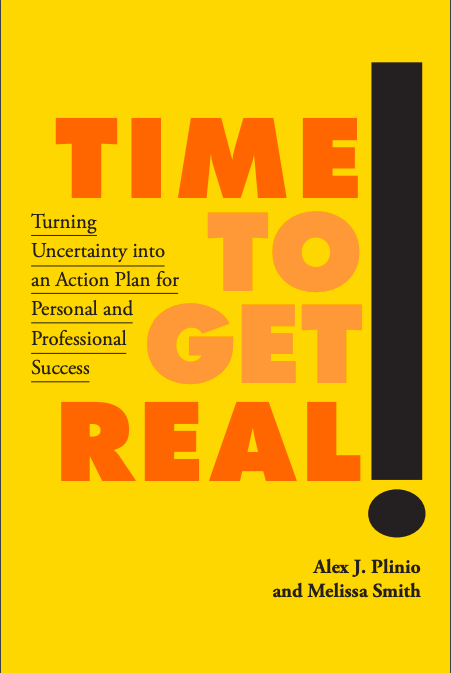The holiday season is a special time when family and friends come together to celebrate. This coming together can include hectic travel schedules, last-minute shopping, and family relationship stresses. But what can you do to make this important time of the year as joyful as possible?
According to an article by the Center for Creative Leadership, “Consciously savoring the good things in life is important because neuroscience research suggests that our brains have a negativity bias. Negative things tend to stand out in our minds, while positive things tend to be easily dismissed or forgotten. It’s perhaps not surprising that savoring — or being good at taking in good things — is linked to increased well-being, happiness, life satisfaction, and decreased depression.”
Ideas on How to Savor the Holidays
This holiday, the article suggests that you try these four techniques to savor your experiences and maximize your joy.
Share your gratitude with others - Do some savoring with others this holiday season by taking the time to connect with people who are important to you
“Bask in happy moments - Try selecting a few specific moments or events over the next week or two that you plan to savor. Maybe it’s watching loved ones unwrap gifts, savoring the taste of your favorite holiday food, or being fully present when the clock strikes midnight on New Year’s Eve. Whatever the occasion, remember to take in the enjoyable sensory, emotional, and relational aspects of the experience and hold on to them for as long as you can.
Wear your joy on your sleeve - Try intentionally laughing, smiling, hugging, exchanging high fives, jumping for joy, and doing the happy dance to amplify your happy moments.
Engage in positive mental time travel - Think about a time when you felt so happy, you thought you would burst. Remember how you felt in that moment (Giddy? Grateful? Excited?). Replay the event in your mind as if you were reliving it. Remember what you were thinking, seeing, doing. Recall who else was there and why that moment was so special.
Share your gratitude with others - Do some savoring with others this holiday season by taking the time to connect with people who are important to you. Get hot chocolate with a valued colleague or put aside work to spend quality time with a family member you don’t get to see often. Use the opportunity to share what’s going well in your world, reminisce over a good experience you both shared, or let them know how grateful you are to have them in your life.”
How To Find Joy in the New Year
This book makes an excellent holiday gift and is rated 4.5 stars on Amazon. Click here to buy the book.
As the new year approaches, we strongly encourage you to take the time to reflect on what brings you joy and then to actively seek to engage more with those sources in 2022. Reading chapter 2 in our book, Time To Get Real, will help you with this.
We recommend that in addition to reading our book Time To Get Real! and working through the Life and Career Planning Model© that it provides, consider some amount of personal coaching that can help you to discern and activate your life’s mission and move you toward the best life and career that you deserve. Our coaching fees and services are flexible and meet a broad array of client financial and coaching needs. All Life and Career Planning LLC coaches are experienced and certified in the Life and Career Planning Model© and serve as your accountability partner as you read each chapter of the book and capture your thoughts in the interactive exercises. To inquire about working with a coach, click here.






